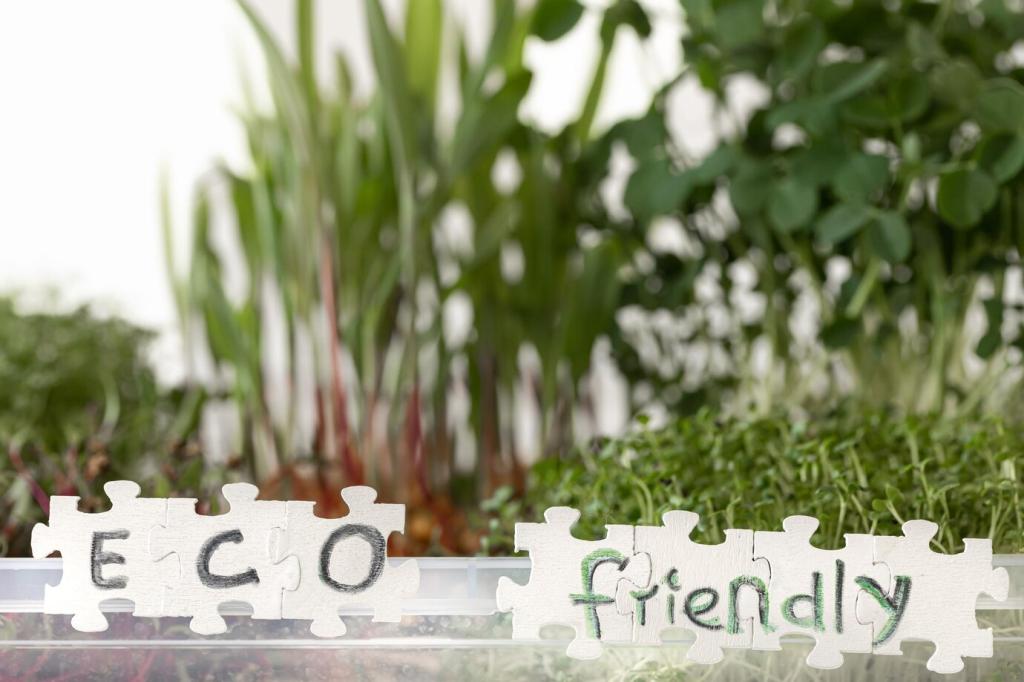Zero-Waste Furniture Repair Tips: Fix More, Waste Less

This is the heading
Lorem ipsum dolor sit amet, consectetur adipiscing elit. Ut elit tellus, luctus nec ullamcorper mattis, pulvinar dapibus leo.

This is the heading
Lorem ipsum dolor sit amet, consectetur adipiscing elit. Ut elit tellus, luctus nec ullamcorper mattis, pulvinar dapibus leo.
Build a Waste-Smart Repair Kit
Keep a small bin of salvaged hardwood offcuts, webbing, and fabric from retired pieces. Donor parts match patina and avoid new purchases. Ask neighbors about curb rescues and community swaps to expand your sustainable stash.
Build a Waste-Smart Repair Kit
Favor hide glue for reversibility and repairability. Store finishes in glass jars with tight lids to extend life. Decant only what you need, then filter and return excess to the container to prevent wasteful leftovers.




Wood Repairs Without Waste
Cut clean, minimal recesses and inlay a matching wood patch, aligning grain for strength and camouflage. Scarf joints lengthen broken parts with elegance. These techniques save significant material while honoring the original maker’s intent.
Wood Repairs Without Waste
Use reversible consolidants on punky areas before considering replacement. Inject glue into loose mortises and clamp with care. Spot repairs conserve historic wood, reduce sanding dust, and keep that irreplaceable patina exactly where it belongs.
Upholstery, the Zero-Waste Way

Harvest Fabric Without Fray
Carefully remove staples into a magnetic tray, then unpick seams to preserve fabric shapes as templates. Mark grain lines and reuse tack strips. Neat harvesting turns old covers into precise guides that reduce cutting waste.

Natural Fillings and Modular Layers
Choose wool, cotton batting, or natural latex that can be fluffed, refilled, and composted at end of life. Build in layers. Modular cushions allow targeted refreshes later, keeping materials in circulation instead of trash.

Creative Patchwork That Looks Intentional
Combine coordinated remnants into a deliberate pattern, not a compromise. Edge-stitch panels, echo-quilt for strength, and celebrate visible mends. Post your patchwork projects and tag our newsletter so we can feature your resourceful design.

Rescue Screws, Bolts, and Brackets
De-rust hardware with vinegar or citric acid, then wax threads to extend life. Sort by size in reusable tins. Rehabilitated hardware respects the piece’s history and saves countless plastic blister packs from the waste stream.
Traditional Joinery That Disassembles
Favor drawbored mortise-and-tenon, dowels with hide glue, and wedged joints you can service later. Reversibility is a cornerstone of zero-waste philosophy, because future repairs become quicker, cleaner, and materially efficient.
Design for Future Repairs
When modifying, leave access points and avoid permanent adhesives where unnecessary. Document your work and tuck notes under the piece. Invite readers to review your plan, and trade ideas that make tomorrow’s fixes easier.
